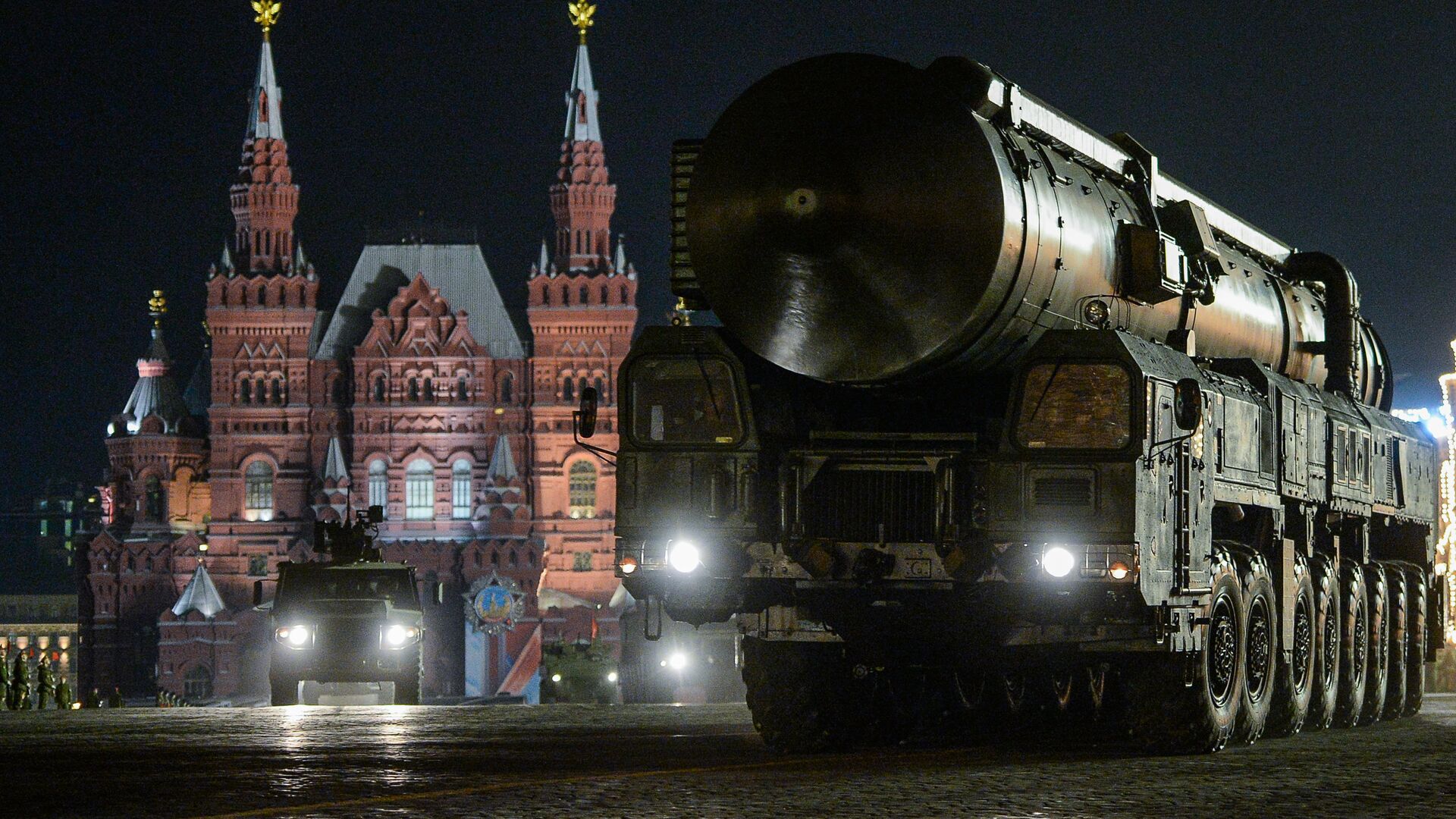https://sputnikglobe.com/20231217/how-strategic-rocket-forces-saved-russia-from-being-erased-from-world-map-1115648163.html
How Strategic Rocket Forces Saved Russia From Being Erased From World Map
How Strategic Rocket Forces Saved Russia From Being Erased From World Map
Sputnik International
Sunday is Strategic Rocket Forces Day, the professional holiday of the branch of the military in charge of Russia’s ground-based intercontinental ballistic missiles. A lot has changed since their creation over 60 years ago, but the Strategic Rocket Forces’ mission remains the same: defending Russia and preventing a world-ending nuclear war.
2023-12-17T18:37+0000
2023-12-17T18:37+0000
2023-12-17T18:46+0000
military
andrei koshkin
konstantin sivkov
military & intelligence
russia
ussr
nato
russian army
sarmat
icbms
https://cdn1.img.sputnikglobe.com/img/103891/74/1038917497_0:197:2943:1852_1920x0_80_0_0_56f350c0804d52880f4018d32f2216e9.jpg
The Russian Defense Ministry released footage Sunday showing a Strategic Rocket Forces formation in Kaluga Region south of Moscow transporting a massive Yars intercontinental ballistic missile and loading it into its hardened, underground silo.The footage is a spectacle to behold, with the missile carrier’s gargantuan trailer, featuring four rows of giant off-roading-capable tires slowly raised 90 degrees skyward above the silo, with the 22.5 meter long missile carefully lowered in and made ready for combat duty.The Kozelsky SRF formation in Kaluga became the first in the country to receive Yars missiles, which can also be carried and fired aboard road-mobile launch platforms.As the older UR-100N and R-36M2 series missiles are retired, the Yars and the Sarmat will become the backbone of Russia’s ground-based nuclear deterrent for many decades going forward.Formed on December 17, 1959, as the USSR began to introduce its first ICBM weapons, the Strategic Rocket Forces spent over thirty years staring down their American counterparts during the Cold War. In early 1990s, during the politically, economically and strategically turbulent period following the USSR’s demise, the modern Russian Strategic Rocket Forces were born.As with the rest of the armed forces, the 1990s proved to be an extremely difficult period for the Strategic Rocket Forces, with troops facing funding and resource cutbacks, plus humiliations and betrayals from the country’s political leadership, from political restrictions on missile deployments to the invitation of US officials to tour top-secret facilities, and the poaching of top military scientists.Today, with Russia’s conventional military recovering and the nation’s political leadership making clear in no uncertain terms that it sees NATO as a threat, rather than a partner, the Strategic Rocket Forces troops’ purpose remains much the same, but now with new capabilities amid the Western bloc’s attempts to ring Russia with missile defenses. But more on this below.“A large-scale NATO attack is also deterred by our nuclear forces…The Strategic Rocket Forces, together with our fleet, are the only reliable guarantor ensuring the prevention of a large-scale war” between Russia and its potential adversaries, Sivkov said.“Russia’s nuclear missile forces are the best in the world,” Soviet and Russian Army veteran, reserve colonel and military expert Andrei Koshkin told Sputnik.In decades past going back to the dawning of the nuclear age, the observer explained, Russia played catchup against the United States, creating new weapons and delivery systems five years or so after the US did so.Russia began to dust off prospective hypersonic weapons concepts created during the 1970s and 80s by the legendary Mashinostroyenia and Raduga design bureaus in 2002, after Washington unilaterally scrapped the Anti-Ballistic Missile Treaty and proceeded with efforts to create a nuclear shield defending against Russian ICBMs. This ultimately led to the creation of close to half-dozen advanced strategic weapons platforms, including the Avangard – a hypersonic glider platform which can be deployed as a Multiple Independent Reentry Vehicle (MIRV) payload in the Bulava, Yars, Topol M and Sarmat strategic missiles.With its blazing fast speed (up Mach 27, per reports) and the ability to maneuver during flight, the Avangard provides Russia with a guaranteed ability to respond to enemy aggression, with no air or missile defense system in the world capable of defeating the kinetic weapon. Paired with the Sarmat, the weapon turns into a unique strike system with no analogue anywhere in the world.Recalling the March 2018 speech at which President Putin unveiled Russia’s prospective new strategic weapons systems, Koshkin remembered that at first, Western observers didn’t believe in their capabilities, ridiculing them as ‘3D animated cartoons’ and “laughing about them for a whole year.”Cooling America’s PassionsFurthermore, the expert believes that with President Biden apparently more passionate about spending America’s military resources fueling conflicts around the world – from Ukraine to Israel, and possibly Taiwan next, “than on modernizing the US’s nuclear forces,” Moscow has a chance to expand its lead in strategic weapons systems even further.Amid the US’s continuing hybrid war against Russia, the Strategic Rocket Forces are one of the key tools preventing Washington from using its substantial strategic and other capabilities to destroy or break apart Russia.
https://sputnikglobe.com/20231026/russian-missiles-soar-as-strategic-nuclear-deterrence-forces-drill-takes-off-1114494041.html
https://sputnikglobe.com/20231204/details-and-numbers-what-is-russias-unbeatable-avangard-hypersonic-weapon-1115373323.html
https://sputnikglobe.com/20200913/uk-chief-of-defence-intelligence-warns-of-capability-of-russias-burevestnik-missile-1080447339.html
https://sputnikglobe.com/20231215/new-us-ballistic-missile-program-faces-cancellation-amid-budget-tightening-1115599043.html
https://sputnikglobe.com/20231201/scott-ritter-us-pushing-nuclear-arms-race--can-only-have-tragic-ending-1115332523.html
russia
ussr
Sputnik International
feedback@sputniknews.com
+74956456601
MIA „Rossiya Segodnya“
2023
News
en_EN
Sputnik International
feedback@sputniknews.com
+74956456601
MIA „Rossiya Segodnya“
Yars ICBM loading into a silo launcher
Sputnik International
Yars ICBM loading into a silo launcher
2023-12-17T18:37+0000
true
PT0M58S
Sputnik International
feedback@sputniknews.com
+74956456601
MIA „Rossiya Segodnya“
what are russia's strategic rocket forces, are russia's nuclear forces powerful, how strong are russia's strategic missile forces
what are russia's strategic rocket forces, are russia's nuclear forces powerful, how strong are russia's strategic missile forces
How Strategic Rocket Forces Saved Russia From Being Erased From World Map
18:37 GMT 17.12.2023 (Updated: 18:46 GMT 17.12.2023) Sunday is Strategic Rocket Forces Day, the professional holiday of the branch of the military in charge of Russia’s ground-based intercontinental ballistic missiles. A lot has changed since their creation over 60 years ago, but the forces’ mission remains the same: defending Russia and preventing a world-ending nuclear war.
The Russian Defense Ministry released footage Sunday showing a Strategic Rocket Forces formation in Kaluga Region south of Moscow transporting a massive Yars intercontinental ballistic missile and loading it into its hardened, underground silo.
The footage is a spectacle to behold, with the missile carrier’s gargantuan trailer, featuring four rows of giant off-roading-capable tires slowly raised 90 degrees skyward above the silo, with the 22.5 meter long missile carefully lowered in and made ready for combat duty.
The Kozelsky SRF formation in Kaluga became the first in the country to receive Yars missiles, which can also be carried and fired aboard road-mobile launch platforms.
The Yars is one of several heavy strategic intercontinental ballistic missiles (ICBMs) in the Strategic Rocket Forces' arsenal, with others including the Topol-M, the UR-100N (RS-18A), the R-36M-2 Voevoda, and the new RS-28 Sarmat, whose first units assumed combat duty in September.
As the older UR-100N and R-36M2 series missiles are retired, the Yars and the Sarmat will become the backbone of Russia’s ground-based nuclear deterrent for many decades going forward.
Formed on December 17, 1959, as the USSR began to introduce its first ICBM weapons, the Strategic Rocket Forces spent over thirty years staring down their American counterparts during the Cold War. In early 1990s, during the politically, economically and strategically turbulent period following the USSR’s demise, the modern Russian Strategic Rocket Forces were born.
As with the rest of the armed forces, the 1990s proved to be an extremely difficult period for the Strategic Rocket Forces, with troops facing funding and resource cutbacks, plus humiliations and betrayals from the country’s political leadership, from political restrictions on missile deployments to the invitation of US officials to tour top-secret facilities, and the poaching of top military scientists.
Nevertheless, as former Strategic Rocket Forces veteran and missile expert Vladimir Evseev recalled in a media interview in 2020, it was during the difficult 1990s, when the rest of the military was demoralized and Russia seemed at its lowest, that the missile troops gave Moscow a guaranteed strategic response capability against foreign aggression. The Topol-series of ICBMs in particular proved crucial, Evseev said, given their short boost phase, which made them practically impervious to enemy missile defenses of the time.
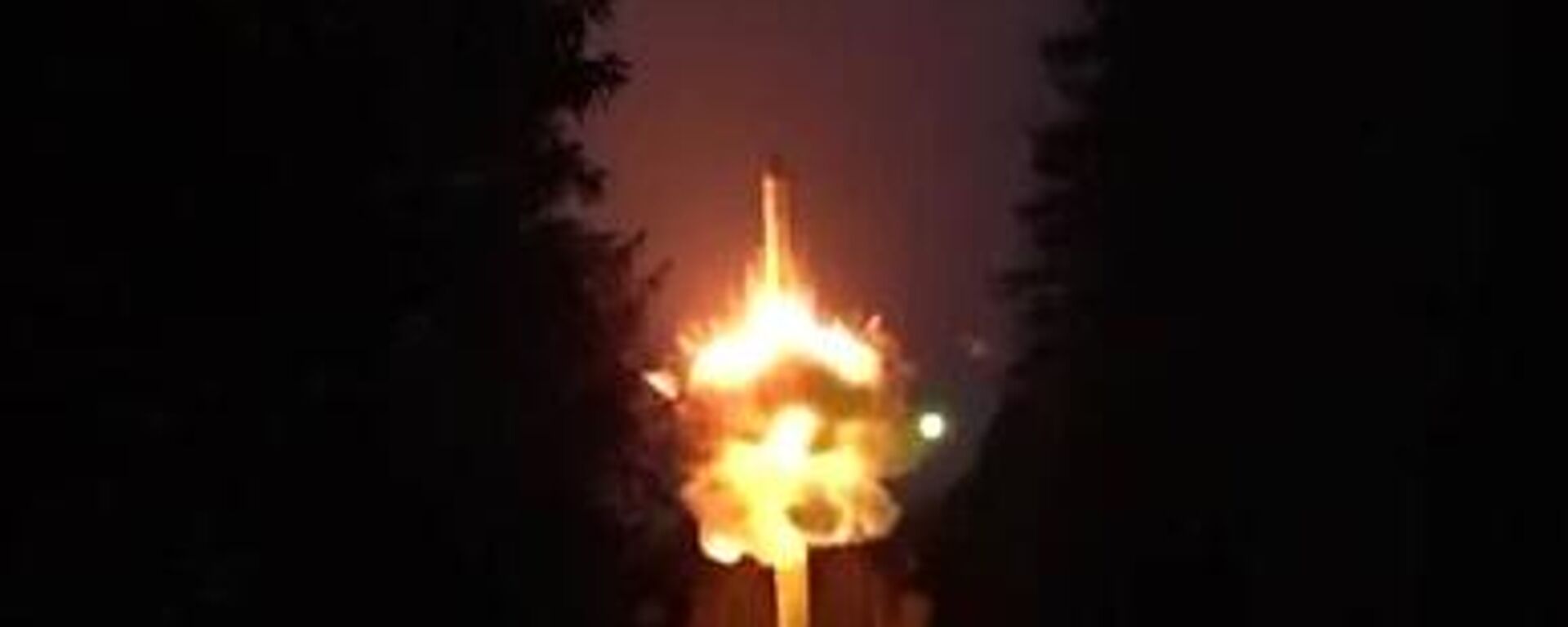
26 October 2023, 18:06 GMT
Today, with Russia’s conventional military recovering and the nation’s political leadership
making clear in no uncertain terms that it sees NATO as a threat, rather than a partner, the Strategic Rocket Forces troops’ purpose remains much the same, but now with new capabilities amid the Western bloc’s attempts to ring Russia with missile defenses. But more on this below.
“These are the main forces ensuring deterrence against the enemy from a possible nuclear attack. We are not menaced with such a threat,” Russian Academy of Rocket and Artillery Sciences member Konstantin Sivkov told Sputnik, when asked for comment on the Strategic Rocket Forces’ modern mission and purpose.
“A large-scale NATO attack is also deterred by our nuclear forces…The Strategic Rocket Forces, together with our fleet, are the only reliable guarantor ensuring the prevention of a large-scale war” between Russia and its potential adversaries, Sivkov said.
Unlike the US, whose nuclear doctrine allows for preemptive nuclear attacks, even against non-nuclear adversaries, Russia’s nuclear doctrine forbids the preemptive use of nuclear weapons of any kind –strategic or tactical, absent an enemy attack involving the use of nuclear weapons, or conventional aggression so severe it threatens the nation’s survival.
“Russia’s nuclear missile forces are the best in the world,” Soviet and Russian Army veteran, reserve colonel and military expert Andrei Koshkin told Sputnik.
In decades past going back to the dawning of the nuclear age, the observer explained, Russia played catchup against the United States, creating new weapons and delivery systems five years or so after the US did so.
“In other words, they would create the bomb, and in five years we would do so. They would create a thermonuclear device, and we would do so five years later. They would upgrade their delivery means, and then so would we. That is, we were always forced to play catch-up. But now, thanks to our hypersonic missile systems, we have come out on top in the world. The Strategic Rocket Forces pose an existential threat to the United States,” Koshkin said.
Russia began to dust off prospective hypersonic weapons concepts created during the 1970s and 80s by the legendary
Mashinostroyenia and
Raduga design bureaus in 2002, after Washington unilaterally scrapped the Anti-Ballistic Missile Treaty and proceeded with efforts to create a nuclear shield defending against Russian ICBMs. This ultimately led to the creation of close to half-dozen advanced strategic weapons platforms, including the Avangard – a hypersonic glider platform which can be deployed as a Multiple Independent Reentry Vehicle (MIRV) payload in the Bulava, Yars, Topol M and Sarmat strategic missiles.
With its blazing fast speed (up Mach 27, per reports) and the ability to maneuver during flight, the Avangard provides Russia with a guaranteed ability to respond to enemy aggression, with no air or missile defense system in the world capable of defeating the kinetic weapon. Paired with the Sarmat, the weapon turns into a unique strike system with no analogue anywhere in the world.
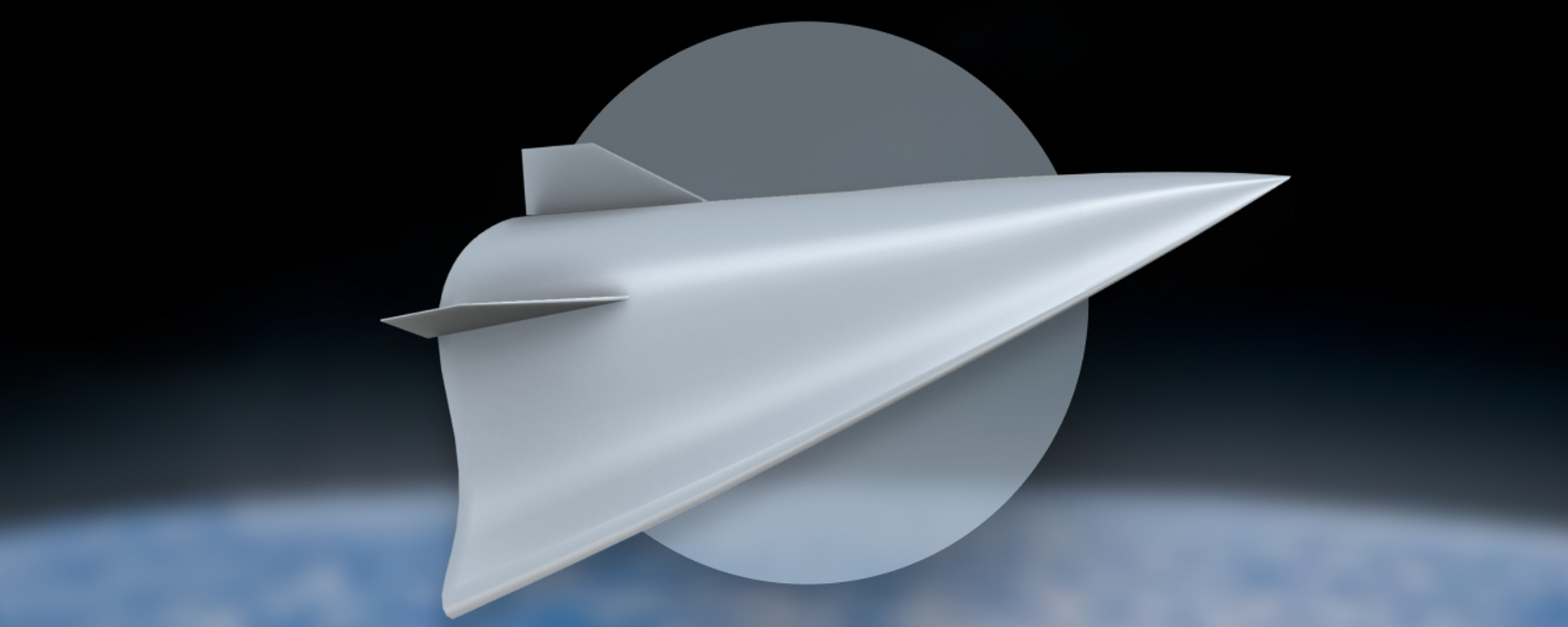
4 December 2023, 15:42 GMT
“The Sarmat is a unique, silo-based, fifth-generation intercontinental ballistic missile, coming in to replace the Voevoda, which is approaching obsolescence. It’s being replaced by the Sarmat and the Avangard glide vehicle…This is an existential threat to the United States because they in principle do not have such weapons…There are only two countries in the world with a nuclear triad – the United States and the Russian Federation. And today, no one else, including the United States, has nuclear weapon carrier systems better than ours,” Koshkin said.
Recalling the March 2018 speech at which President Putin unveiled Russia’s prospective new strategic weapons systems, Koshkin remembered that at first, Western observers didn’t believe in their capabilities, ridiculing them as ‘3D animated cartoons’ and “laughing about them for a whole year.”
“But very interestingly, no one is laughing at any of the projects that were shown anymore. Why? Because they all turned out to be real, and surpassed the capabilities of the delivery means available to the United States,” the observer added.
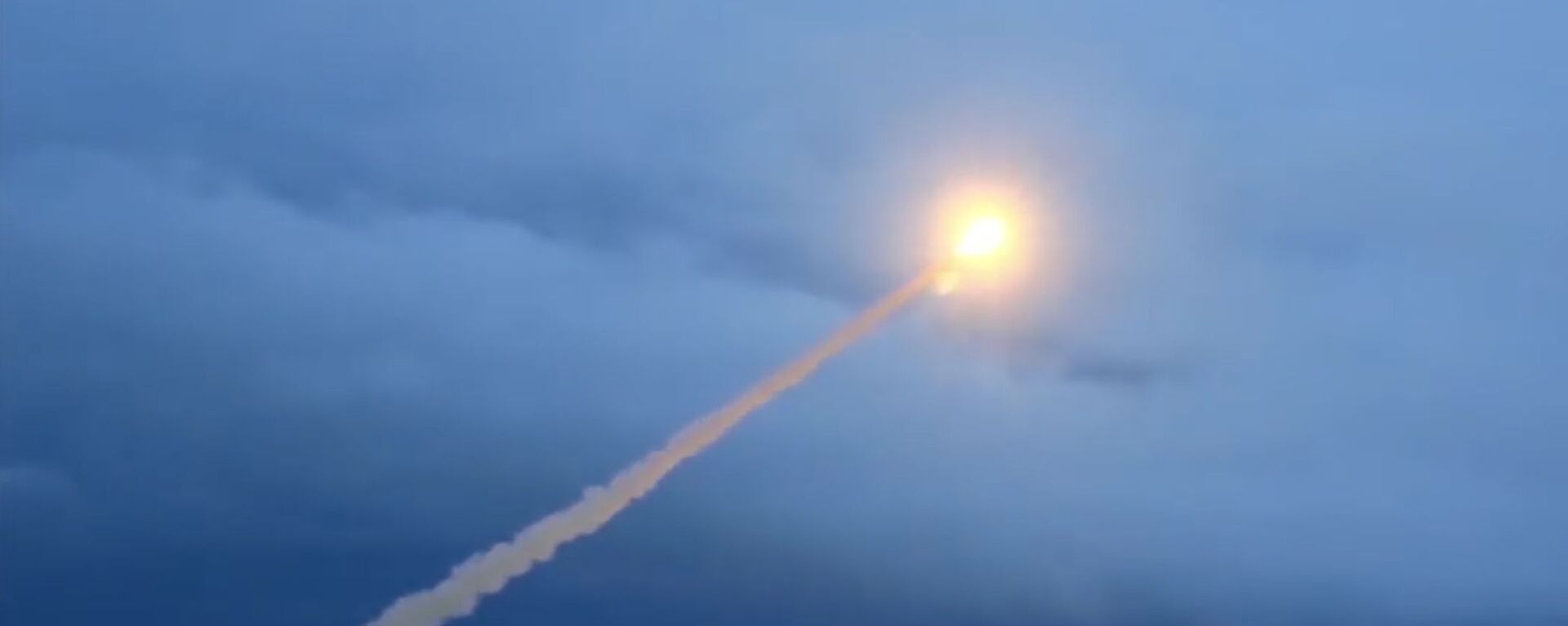
13 September 2020, 15:42 GMT
Cooling America’s Passions
“If we’re talking about the Strategic Rocket in the context of the start of the special military operation [in Ukraine, ed.] the corresponding exercises of formations and their movement were conducted to the appropriate levels of readiness. This proved sufficient to calm and to cool the ardor of the United States from possible efforts to put pressure on Russia,” Koshkin said.
Furthermore, the expert believes that with President Biden apparently more passionate about spending America’s military resources fueling conflicts around the world – from Ukraine to Israel, and possibly Taiwan next, “than on modernizing the US’s nuclear forces,” Moscow has a chance to expand its lead in strategic weapons systems even further.
“We are already working on systems that could neutralize the hypersonic missile threat,” the observer said. “And of course, the world is watching with bated breath the development of the Burevestnik cruise missile. This is a unique system, and the only system of its kind with a nuclear engine. Consequently, it has an unlimited flight range…This is a high-tech branch of the military and, of course, determines the country’s level of readiness to ensure its security.”

15 December 2023, 15:24 GMT
Amid the US’s continuing hybrid war against Russia, the Strategic Rocket Forces are one of the key tools preventing Washington from using its substantial strategic and other capabilities to destroy or break apart Russia.
“We don’t engage in saber-rattling, but simply say that we are reliably protected,” especially amid “the unbridled chaos in the world that the Americans are now trying to create around the Russian Federation,” Koshkin summed up.
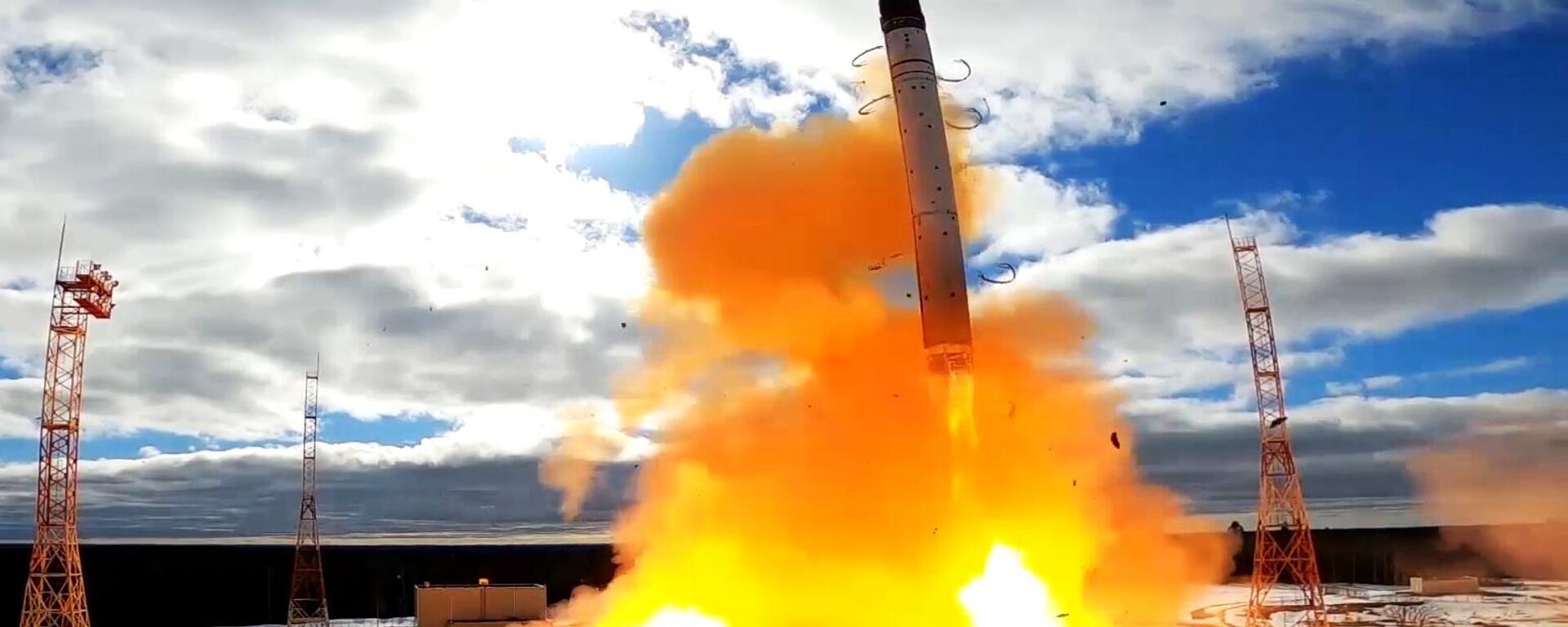
1 December 2023, 18:39 GMT
